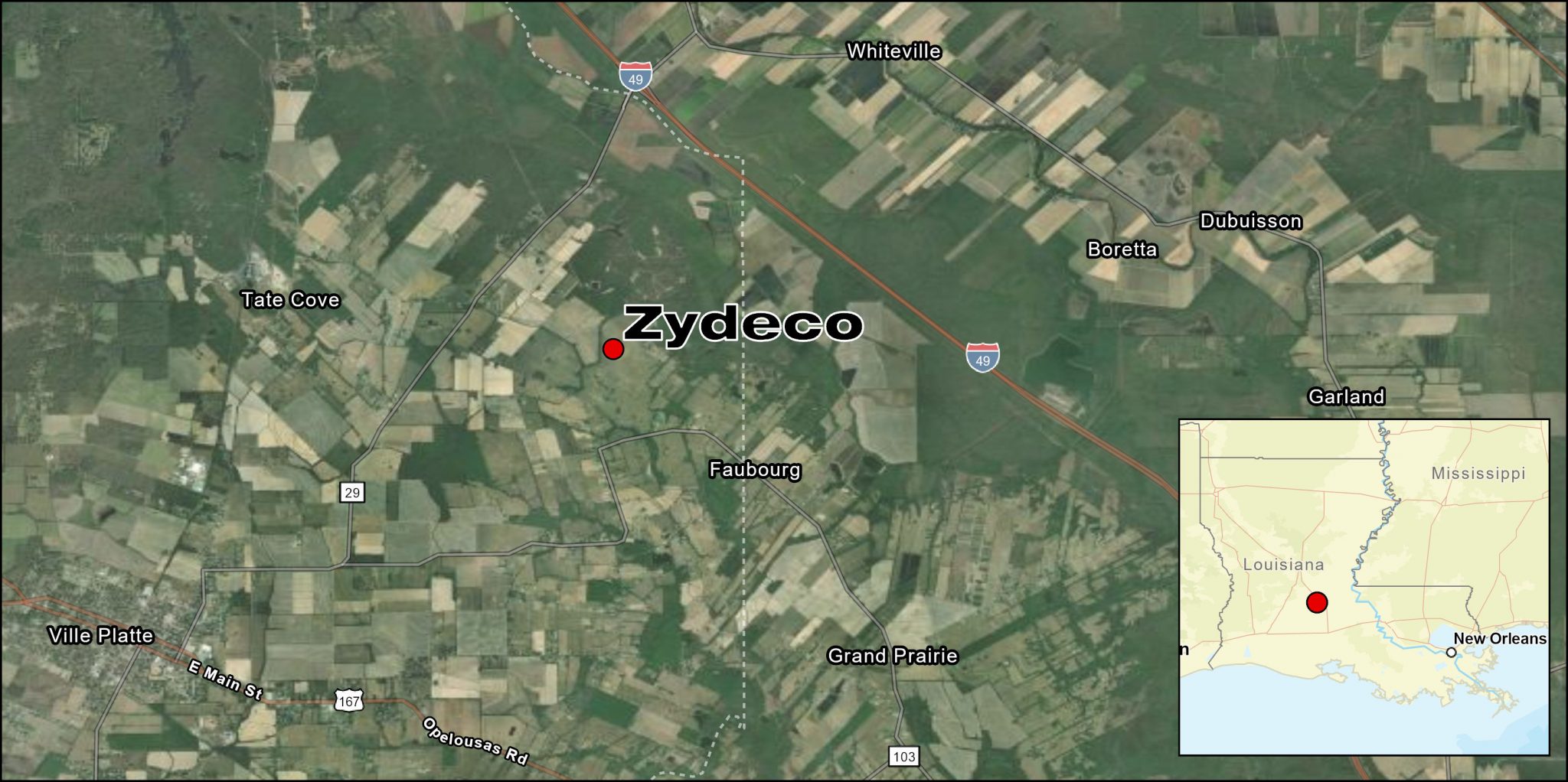When sited and developed properly, the installation of a solar facility will have minimal impacts on wildlife in the area. In fact, studies show that solar facilities can provide shelter for species, promote land stability, preserve habitat, and support biodiversity.
Natural resource assessments have been conducted on the Zydeco Solar Project site to determine presence, if any, of federally- or state-listed species and critical habitat. The results of the assessments will be shared with state and federal regulatory agencies and consultation will be conducted as needed.
The project will include the planting of a site-specific native seed mix containing a wide variety of native grasses common to the region. By incorporating native plant species throughout the project area, it is expected that the project will contribute to soil health and fertility, wildlife habitat, and forage areas.


